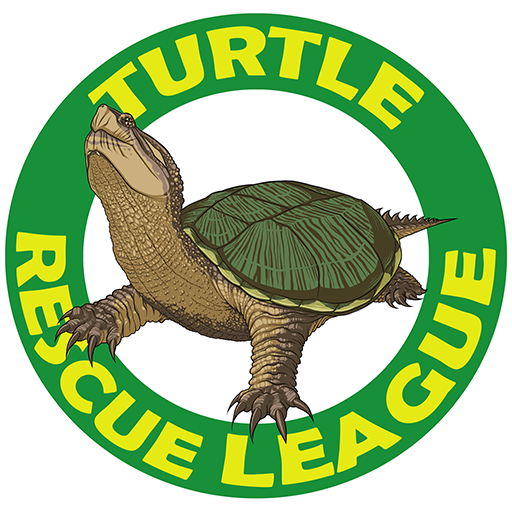I’m Moving! What Are My Options?

Moving doesn’t mean you have to say goodbye to your friend. You wouldn’t leave your dog behind just because you were moving, so why should your turtle be any different? There are many great options out there that will enable you to take your turtle on all of life’s journeys. Turtles can be safely transported via car or plane, and temporary foster homes are a great option for people who will only be gone a set period of time. See below for more details and choose the options that are best for you!
Safe car transportation
The best and safest way to transport turtles is in a dry box. Sloshing water presents a drowning hazard in cars and can be stressful. These are the key points to traveling with a turtle.
- Always use an opaque box / container (being able to see out is stressing, since the turtle will want to get out).
- Keep the box or container small, only a little bigger than the turtle. Turtles find tight places comforting. Too much space means stress and wandering.
- Extreme heat or cold can kill. Make sure the turtle, in its box or container, is the last item loaded into the car and the first item unloaded.
Since there are two perfectly good routes to take we will go over both: Using a cardboard box and using an opaque plastic container.
Cardboard Box:
- Make sure to put 4 to six ¼” holes for air at the top of the box. Do not be excessive, we want to keep the box dark.
- Put a dry kitchen towel or balled up paper towel at the bottom of the box to cushion the turtle.
- Add the turtle and loosely cover with additional cloth or paper towel.
- Close and tape up the box. A loose turtle in a car is not fun or safe.
Plastic Container:
- Take a kitchen towel or plenty of paper towels, ball up and moisten with water. This will add cushioning and humidity for the turtle’s comfort.
- Add turtle and place a second, dry kitchen towel or paper towels loosely over the turtle.
- Close lid… if lid does not snap or lock, use some tape.
For the second method we did not mention air holes. Most of these storage containers have holes, especially around the handles near the lid. If you do not see air holes, use a drill to place a few in the lid. Remember, turtles don’t breathe like warm blooded animals, if this turtle needed to it could go a half hour without taking a breath. Don’t overdo the holes.
On the day of the move, after the turtle has been boxed up, keep it in a quiet place until everything is loaded. If done perfectly, it will take a nap during the trip. In the car, do not place the box directly in line with an air conditioning vent. Normal car cabin temp is perfect. If the turtle scratches in the box, don’t give in and open up the box during the journey. It will not comfort it and it will be just as impatient being held.
Finally, in all cases short of hatchlings, turtles should be transported one turtle per container. You can divide a larger box to have two compartments, but two scrabbling turtles in one container can cause eye injuries.
Air travel options
Contrary to popular belief, turtles can be shipped via plane. UPS, FEDEX, and DeltaDash all offer reptile transportation. Each has their pros and cons, so be sure to pick one that works best for you. When shipping, keep in mind to never ship near a holiday, keep an eye on the weather to avoid temperature extremes or storms, and only ship in the beginning of the week.
Temporary fostering
Often, moves are only temporary. College, a seasonal job, or an extended vacation should never be a reason for you to need to re-home your pet. Contact family and friends to see if someone is willing to temporarily home your turtle while you are away. Turtles are incredibly long-lived animals, and in the grand scheme of their lives your temporary trip is nothing.

It’s too much work…
Turtle care should be an easy and enjoyable experience. If that doesn’t fit your situation, you might be a victim of one of the five most common turtle care errors. Click here to find out simple solutions.
If you simply cannot find a way to keep your friend with you, you can open a placement case with the Turtle Rescue League.
If you are not located close to Turtle Rescue League, which is in Massachusetts, find a licensed wildlife rehabilitator in your state for advice.
